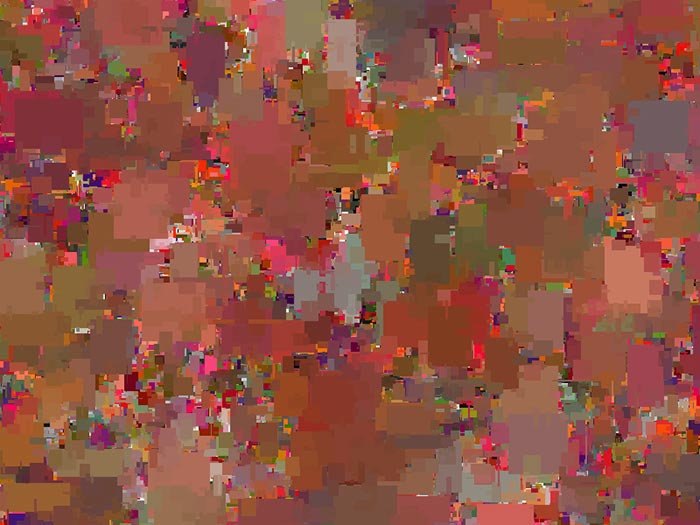
| Prev | Computer Kinetic Abstracts - page 9 (of 24) |
More Details | Home Page Menu / Back to Overview Page

800 pixels (w) x 600 pixels (h), computer ‘painting’ using my own ‘kinetic’ abstract computer program.
|
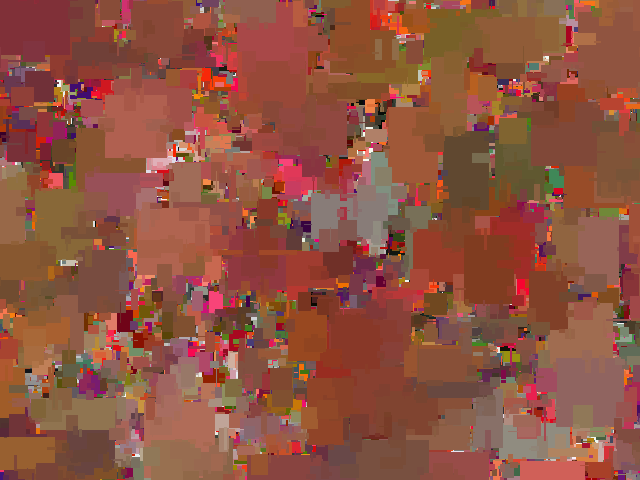
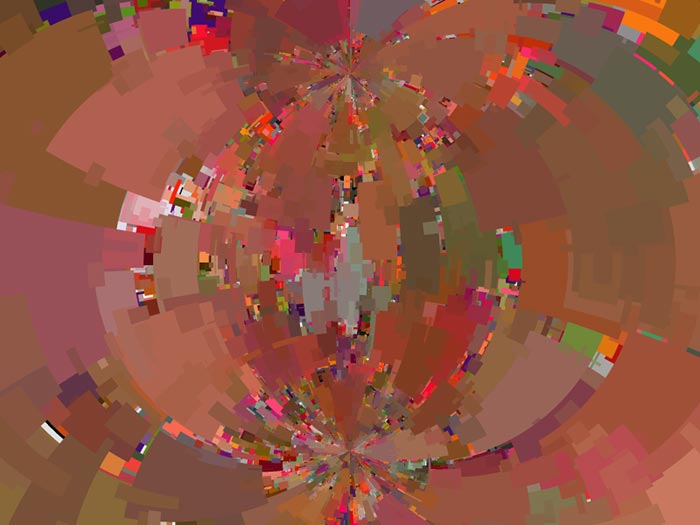
800 pixels (w) x 600 pixels (h), computer ‘painting’ using my own ‘kinetic’ abstract computer program,
|

Start with a horizontal x-axis and a vertical y-axis. There is firstly one ‘set’ of circles that always have their centres along the horizontal x-axis and that always have 2 points on their circles that pass through the same 2 convergence points on the vertical y-axis (that are equally spaced from the x-axis). The second ‘set’ of circles always have their centres along the vertical y-axis and always intersect the circles of the first set at right angles. There are actually 2 ‘sets’ of circles in this second set; one set of circles that surrounds the convergence point above the x-axis, and the other set of second set circles surround the convergence point below the x-axis. But, the circles of both sets of the second set of circles always intersect the circles of the first set of circles at right angles. It is an interesting layout. The two critical points are the two convergence points, equally distant from the x-axis on the vertical y-axis. The circle in the first set of circles that just fits between the two convergence points I call the ‘inner circle’, for my Coaxal Orthographic Projection re-mappings. With my remapping program, I can set different types of coaxal mappings for both the inner circle and the outer region (the region outside the inner circle). |
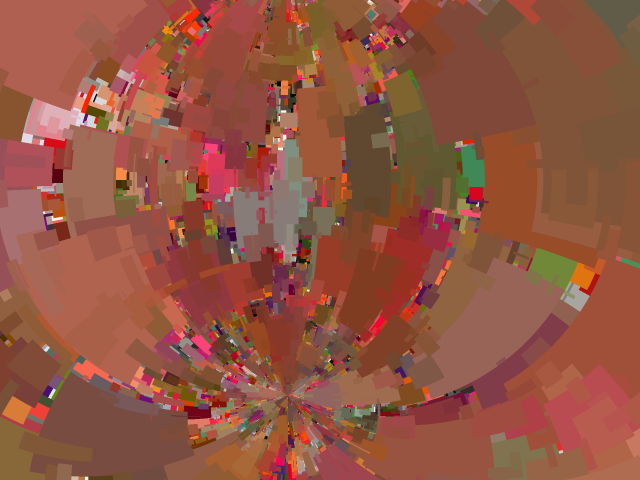
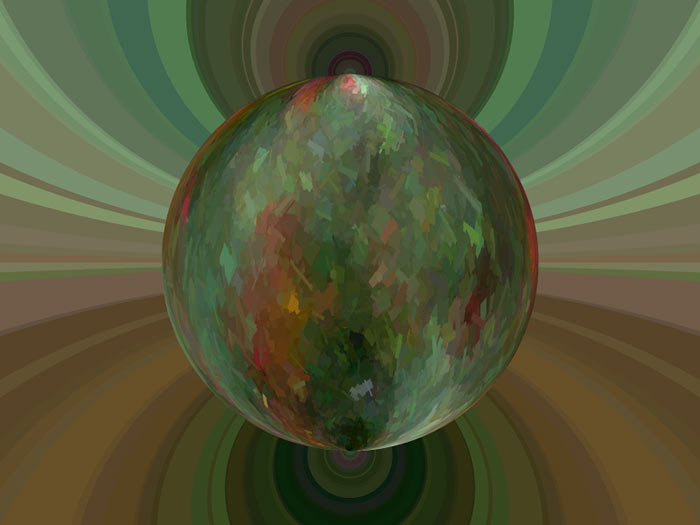
800 pixels (w) x 600 pixels (h), computer ‘painting’ using my own ‘kinetic’ abstract computer program,
|
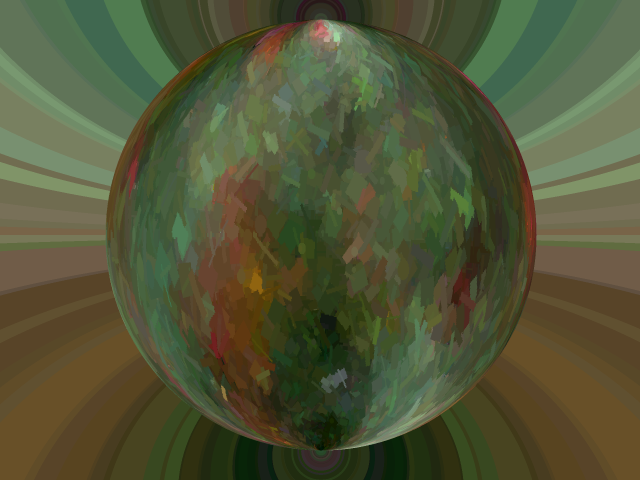
More Details | Home Page Menu / Back to Overview Page
| Prev | Computer Kinetic Abstracts - page 9 (of 24) |